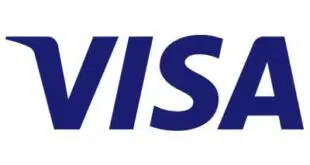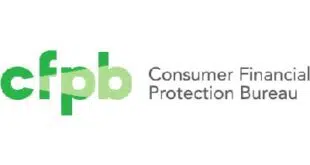Only a year or so ago, allowing consumers to deposit checks using a smart-phone application seemed cutting-edge. Now, some financial institutions that have the most experience with offering mobile remote deposit capture are not only touting the success of the product, they are also warning their peers that the window of opportunity in this market is rapidly closing.
Worried about risk and image-quality issues, most banks and credit union remain on the sidelines when it comes to remote capture via handsets. For these bankers, a panel of executives at a payments conference on Tuesday had a blunt message: competitive forces, from both banks and non-banks, are converging on this business. “You’re missing out,” cautioned Carl Shishmanian, senior vice president for global treasury services at JPMorgan Chase & Co., known for its TV commercials for its mobile-deposit app, launched in July. “You’ll see a lot more [products] coming out in the next 12 to 18 months.”
A community-bank executive whose institution is launching a mobile-deposit app next week echoed Shishmanian’s warning, directing it at other small banks. “If you don’t have a strategy in the community-bank world, you’d better get one quick,” said Lori Adamski, executive vice president and chief operating officer at Conestoga Bank, which operates in Southeastern Pennsylvania.
In part this urgency stems from the quick success Chase and USAA have experienced so far with mobile capture. San Antonio, Texas-based USAA, for example, now gets 10% of deposits from new customers from its consumer remote capture and mobile capture products, said Neff Hudson, assistant vice president for emerging channels at the institution. Deposit@Home, launched in 2006 to work on home scanning devices, and Deposit@Mobile, introduced in 2009, together now account for 35% of USAA’s total deposit base, Hudson said. Some 1 million customers have signed up for the remote-capture services, with about 400,000 using them frequently.
“We hear from the field that people are picking us because of our remote deposit capability,” he told the audience of bankers. “With the younger demographic this is becoming table stakes.”
Nor have risk and image quality proven to be problems, the panel said. Many bankers worry especially about duplicate-check fraud, as banks have no way to ensure that customers are voiding or destroying checks after imaging them. But Hudson said fraud from remote capture for USAA is lower than from other deposit-taking channels. “We’re five years in, and the fraud concerns did not materialize,” he said. Both Hudson and Chase’s Shishmanian, however, said their products had to overcome strong internal objections from lawyers and risk managers before launching. “We had very heated discussions,” recalled Shishmanian. What ultimately won the argument, he said, was support from top executives, including chief executive Jamie Dimon. “We got senior buy-in early on,” he said. “Jamie loves technology.”
Challenges now include rapidly emerging technologies and potential competition from unexpected sources, including Apple Inc. and Google Inc., the panel said. Hudson said it’s not easy making the mobile service work on the multitude of hardware and software products that have entered the market, including gaming devices that can access e-mail and the Internet. “We’re wrestling with all the connected devices,” he said. “How do you support all those platforms? Deposit @ Mobile is a core feature. It has to be on everything. How do we do that?”
At the same time, both Hudson and Shishmanian warned that large outsiders are eyeing the market, adding to the pressure for banks to launch their own services. PayPal Inc. last fall introduced a remote capture service. Now, the panel warned on Tuesday, Apple Inc. could enter the business as well, leaning on its hardware and customer relationships. Pointing to the new iPad 2, which goes on sale on Friday, Shishmanian said “transaction processing is part of that [Apple] picture, it’s part of that iPad 2.”
There is some evidence, at least, that banks are starting to respond to the urgency the panelists expressed. About 55% of financial institutions surveyed last year by Celent LLC said they had a commercial mobile deposit product, were piloting one, were planning one, or were considering one. That was up from 28% in 2009.





